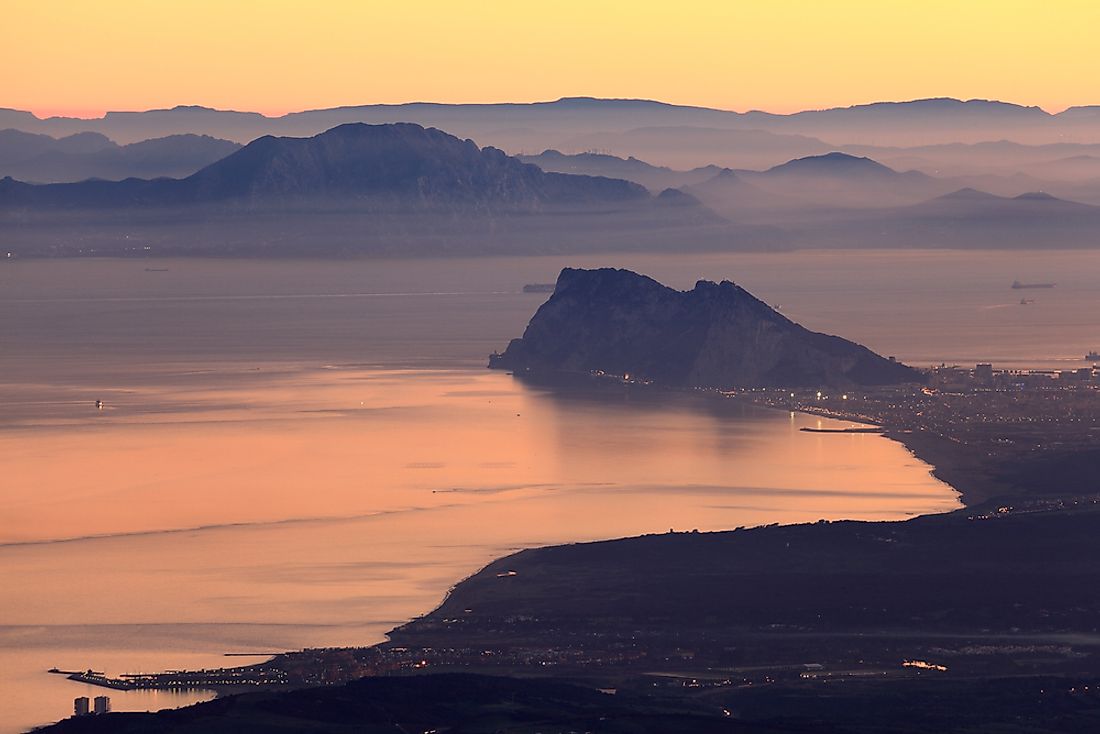Are There Any Differences Between An Ocean Channel And A Strait?

The terms “ocean channel” and “strait” are often used interchangeably and regarded by many people as synonyms. A common characteristic shared by the two is that both can be formed through human activity. However, the two geographical terms are different, and there are some characteristics that separate them. An ocean channel is defined as an elongated water body lying between two landmasses. On the flipside, a strait is defined as a strip of water bordered by landmasses, which connects to two large water bodies. In essence, a channel is a wide strait. There are instances where a strait is found within an ocean channel, where it represents the narrowest part of the channel. A good example is the Strait of Dover, situated in the English Channel. The Strait of Dover is the narrowest point of the English Channel where the channel is 21 miles in width.
Formation Of A Channel
The most common process through which ocean channels were formed was the erosion of land by glaciation. Glaciation over thousands of years carved out deep gullies and canyons into the land surface which were later filled with water, forming ocean channels. Some ocean channels are artificially formed, through the dredging or deepening of existing waterways. These channels are formed to facilitate the movement of large ocean vessels in areas of the ocean where initially they could not fit, or as a nautical pathway to guide ships into harbors. The Ambrose Channel of the United States was formed in this way to enable large ships from the Atlantic Ocean to access the New York Harbor.
Formation Of A Strait
Human activity can form straits. Humans can fracture an isthmus that separates two large bodies of water to connect them. The main reason behind the fracturing of the isthmus is to shorten maritime traveling routes. One such strait that has been formed in this way is the Suez Canal, an artificial strait that was formed in the 19th century to connect the Red Sea to the Mediterranean Sea and shorten the maritime route from Europe to the Middle East and East Asia. Straits can also be formed as a result of the movement of tectonic plates. An excellent example of a strait formed in this way is the Strait of Gibraltar that was formed as the African Plate shifted north towards the European Plate. The tectonic movement is still ongoing, albeit slowly and it is expected that the two tectonic plates will ultimately collide at the Strait of Gibraltar in the next few millennia, and in the process separate the Atlantic Ocean from the Mediterranean Sea which is predicted to turn into a salty inland sea.
Examples
There are several examples of ocean channels and straits around the world. The Strait of Gibraltar is arguably the best-known strait in the world. Other examples of straits include the Strait of Dover in Northern Europe, the Strait of Hormuz in the Middle East, the Strait of Magellan in South America, and the Bosporus in the Mediterranean. Examples of ocean channels include the English Channel and the Ambrose Channel.











